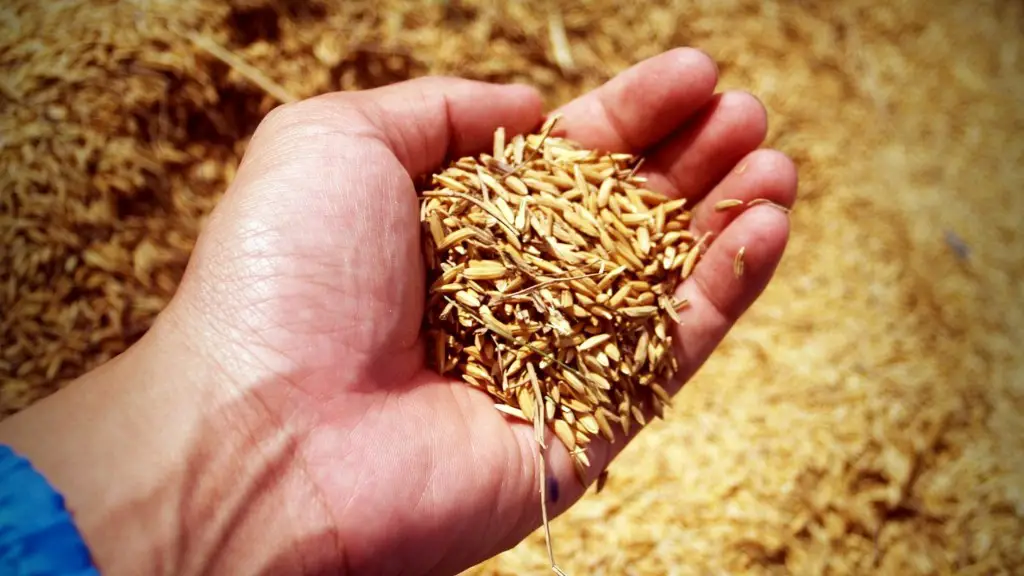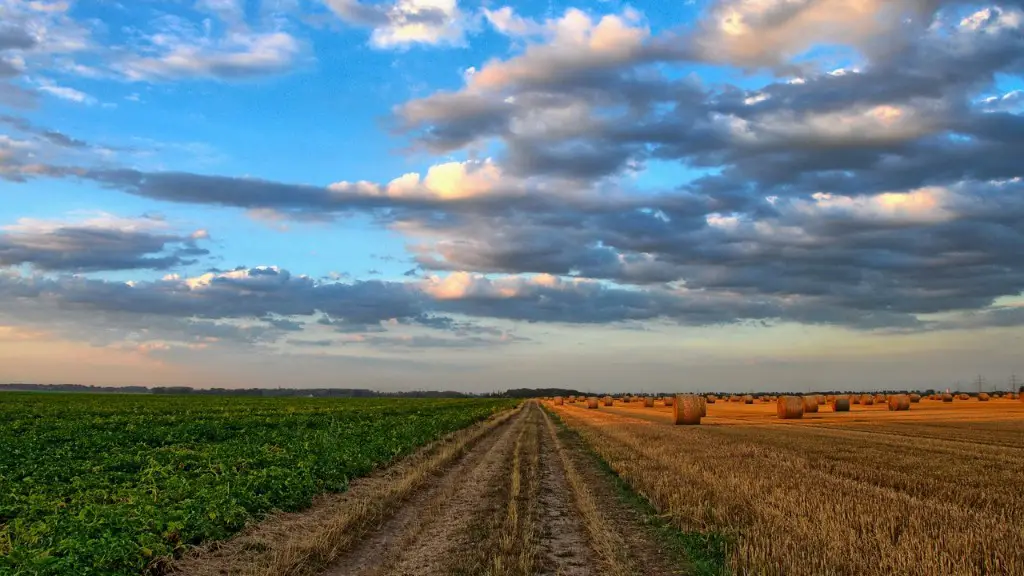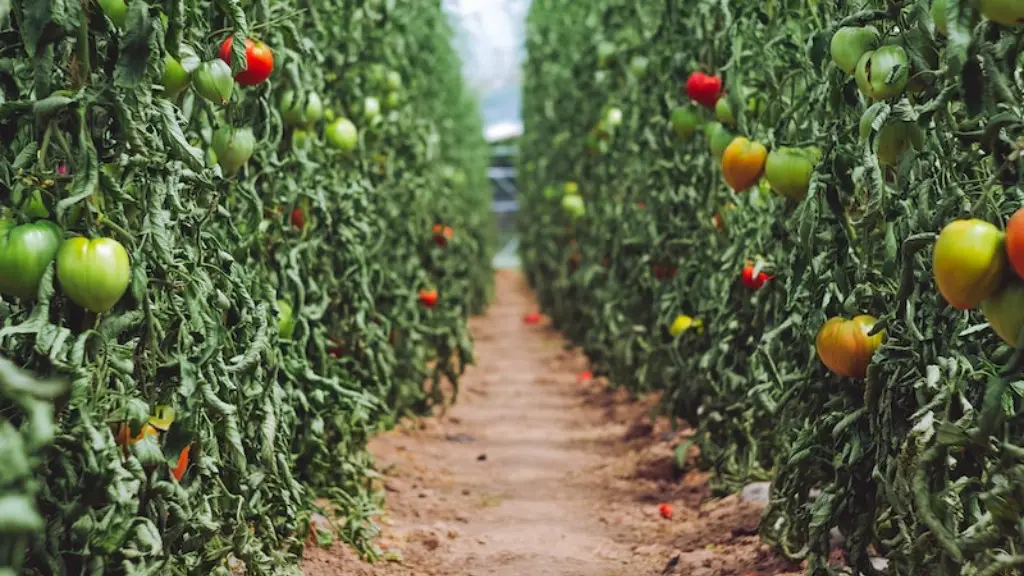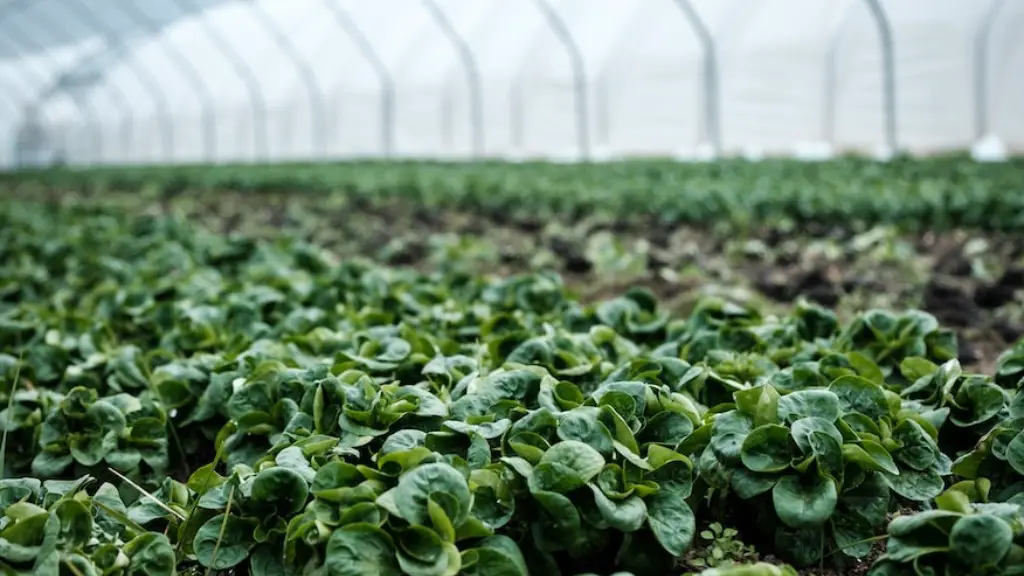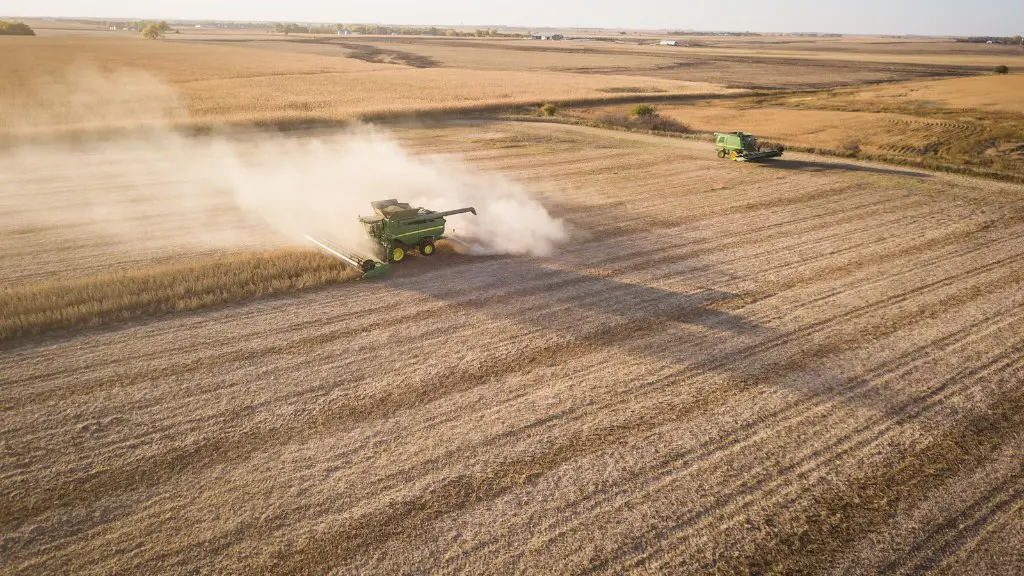Agriculture is one of the most important sectors of the economy and its productivity is strongly influenced by climate. Climate change can have both positive and negative impacts on agriculture. While a rise in temperature may help to improve crop yields, extreme weather events such as floods and droughts can damage crops and lead to losses in production. Consequently, the effects of climate change on agriculture are complex and uncertain.
Climate has a large effect on agriculture. Agriculture is an outdoor activity that is extremely sensitive to changes in temperature and precipitation. A small change in either of these can cause a large effect on crop yields. For example, a heat wave can damage crops, while too much rain can lead to flooding, which can ruin crops. Additionally, droughts can have a devastating effect on agriculture, as they can completely ruin crops.
How does climate impact agriculture?
Climate change is already having a major impact on agriculture and is expected to become an increasingly significant problem in the coming years. Changes in ozone, greenhouse gases and climate change affect agricultural producers greatly because agriculture and fisheries depend on specific climate conditions. Temperature changes can cause habitat ranges and crop planting dates to shift and droughts and floods due to climate change may hinder farming practices. All of these factors can lead to decreased crop yields and increased costs for farmers. In addition, climate change is expected to cause a decline in the quality of many crops and the spread of pests and diseases to new areas.
Climate change is already having an impact on agriculture and food supply around the world. Soil erosion, caused by heavy rainfalls, is a major environmental threat to sustainable crop production. Drought and wildfires are also decreasing crop yields. Heat stress is another impact of climate change that can damage crops and lead to reduced yields.
Where does climate change affect agriculture the most
Climate change is already impacting farmers in the United States. We are seeing an increase in flooding in many agricultural regions of the country, including the Midwest, the Southern Plains, and California. Sea level rise is also ratcheting up the frequency and intensity of flooding on farms in coastal regions.
Farmers will need to adapt their management practices to deal with these new challenges. They will need to think about things like planting different crops that are more resilient to extreme weather, using different tillage practices that help conserve water, and developing new strategies for dealing with pests and diseases.
adaptation strategies will be critical for farmers as they face the impacts of climate change in the coming years.
Climate change affects agriculture in many ways. Higher temperatures can lead to increased evaporation, making it difficult for crops to access water. Additionally, extreme weather events like floods and droughts can cause soil erosion, which can damage crops. Changes in pests and diseases can also impact agriculture, as well as changes in atmospheric carbon dioxide levels. Finally, some crops may experience changes in nutritional quality as a result of climate change.
What is climate factors in agriculture?
Climatic factors influence agricultural productivity and stability of production by affecting all aspects and stages of plant growth. Their influence extends from the upper reaches of the atmosphere, in which spores and pollen are encountered, to the soil depth penetrated by the roots. Factors such as temperature, precipitation, humidity, solar radiation, and wind can all impact plant growth and development, and ultimately agricultural productivity. Understanding how these factors interact with each other is critical for predicting and managing agricultural production in the face of a changing climate.
There is an increased likelihood of extreme weather events that will reduce crop yields in the future. Heavy rain, hail storms and flooding can physically damage crops, and extremely wet conditions in the field can delay planting or harvesting. This could have a significant impact on food production and food security.
Does climate change destroy agriculture?
Climate change will indeed affect agricultural production in New South Wales. The most immediate and visible effects will likely be increased temperatures and changes in precipitation patterns. These changes will in turn affect the growth and development of crops, the activity of pests and diseases, and the areas that are suitable for farming.
Farmers will need to adapt their management practices to account for the changes in climate, which will likely require significant investment and changes in operations. Additionally, research will be required to develop new crop varieties that are better suited to the changed conditions. Even with these adaptations, climate change is expected to have a negative impact on agricultural production in NSW, with reduced yields and increased costs.
Climate, soil type, irrigation, technology, and population density are all important factors influencing agriculture. Climate determines what crops can be grown, as well as how well they will grow. Soil type affects the nutrients available to plants, as well as the drainage and aeration of the soil. Irrigation is necessary for many crops, especially in dry regions. Technology can help with irrigation, as well as increasing yields and reducing pests and diseases. Population density affects the amount of land available for agriculture, as well as the demand for food.
What are 4 ways in which climate change impacts agriculture
Global warming can have numerous negative impacts on crop quantity and quality. The reduced growth period following high levels of temperature rise can lead to smaller, less sugar crops with bad coloration and reduced storage stability. Additionally, the increase of weeds, blights, and harmful insects in agricultural crops can further reduce crop yields. Finally, the reduced land available for cultivation can lead to less food production overall and increased prices for food items.
Soil and climate are the main physical factors affecting agriculture. Soil is a natural resource that supports plant growth. It is a complex mixture of minerals, organic matter, living organisms, air and water. Climate is the long-term average of temperature, precipitation and other weather conditions. It affects the type of crops that can be grown, the timing of planting and harvesting, and the amount of water and other inputs required.
How does climate change affect agriculture and water?
It is likely that an increase in temperatures will lead to a higher demand for water for evapotranspiration by crops and natural vegetation. This, combined with changes in rainfall patterns, may lead to more frequent crop failures.
According to research, climate change is expected to decrease agricultural productivity by up to 25% by the year 2050. The main reason for this decline is that crops cannot adapt to the extreme weather impacts, including global warming, floods and droughts. As a result, farmers will not be able to produce enough food to meet the demand of a growing population. This will lead to higher food prices and more hunger and malnutrition around the world.
What are the biggest threats to agriculture
We are seeing an increase in volatile weather and more extreme events like floods and droughts. This is changing growing seasons, limiting the availability of water, and allowing weeds, pests, and fungi to thrive. This can reduce crop productivity.
Food production is a huge contributor to environmental problems. The main problems are water use and water pollution, greenhouse gas emissions, and depletion of natural resources.
Water use is a big problem because growing food requires a lot of water. In fact, agriculture is the biggest user of water in the world. This means that farmers are constantly pumps water from rivers and aquifers, which can lead to water shortages.
Water pollution is also a big problem. When farmers use pesticides and fertilizers, they can end up in the water supply. This can contaminate drinking water and harm aquatic ecosystems.
Greenhouse gas emissions are another big issue. Agriculture is responsible for about 10% of all human-caused greenhouse gas emissions. This is because farming uses a lot of energy (for things like irrigation, transportation, and processing), and because animals produce methane, a potent greenhouse gas.
Finally, depletion of natural resources is a huge problem. Agriculture requires a lot of land, and as the population grows, more and more land is being used for farming. This can lead to deforestation, as well as loss of habitat for wild animals.
What are 3 problems of agriculture?
Setting the table to address the triple challenge means creating a plan that will allow us to make sustainable progress in each of the three areas. Feeding a growing population, providing a livelihood for farmers, and protecting the environment are all important issues that must be given equal attention. We need to come up with a plan that will allow us to make progress in all three areas simultaneously.
Different crops are well-suited to different growing conditions, so the type of crops grown in an area is largely determined by the environmental conditions there. Terrain, climate, soil properties, and soil water all play a role in determining what sorts of crops can be successfully grown in an area.
For example, some crops require a lot of water and will only do well in areas with high rainfall or irrigation. Others require very little water and can even tolerate drought conditions. Similarly, some crops need warm conditions to thrive, while others can tolerate – or even prefer – cooler temperatures.
Soil type and fertility are also important considerations. Some crops need rich, fertile soil to do well, while others can tolerate – or even prefer – poorer soil conditions. And finally, some crops need level ground to grow properly, while others can tolerate – or even prefer – hilly or mountainous terrain.
By taking all of these environmental factors into account, farmers and agricultural planners can determine what sorts of crops are best-suited to different areas and make sure that they are grown in the places where they will be most successful.
How does climate change affect agricultural land
Temperature increases will add more frost-free and growing degree days that could improve yields, and enable new cropping options in some regions. However, more frequent and intense storms, floods, and droughts are expected annually, adding uncertainty to food production.
The main problems facing agriculture are usually land-related. Loss of viable land, erosion, and other factors decrease the ability of farmers to use land. Other factors include inflation and government restrictions.
Warp Up
There is a strong relationship between climate and agriculture. The specific effects of climate on agriculture vary depending on the region. In general, a warmer climate increases the risk of crop failure due to drought, while a cooler climate increases the risk of crop failure due to frost.
The climate has a major effect on agriculture. The amount of sunlight, temperature, and rainfall all play a role in the success or failure of a crop. For example, a drought can ruin a crop, while too much rain can drown it. Farmers have to be very careful when choosing what to plant and when to plant it.

